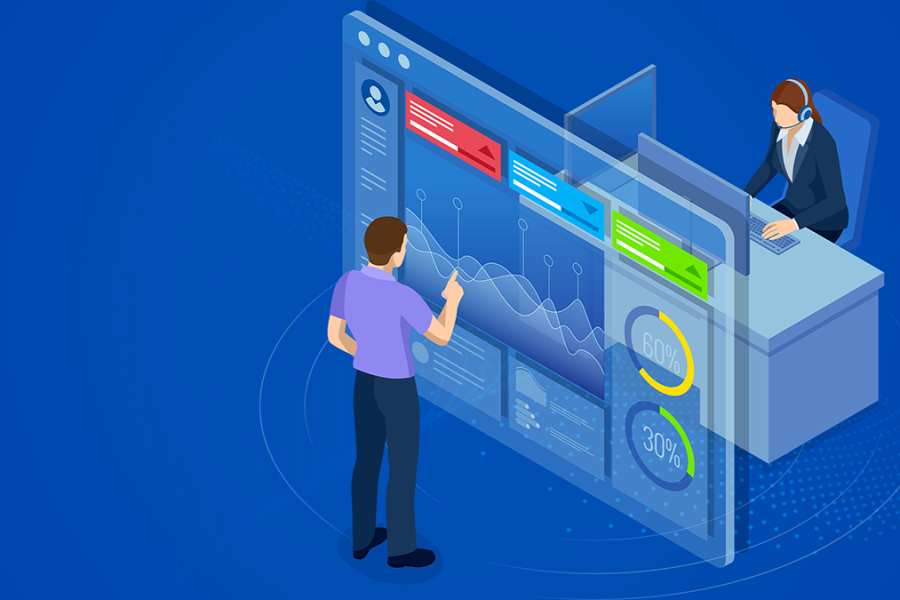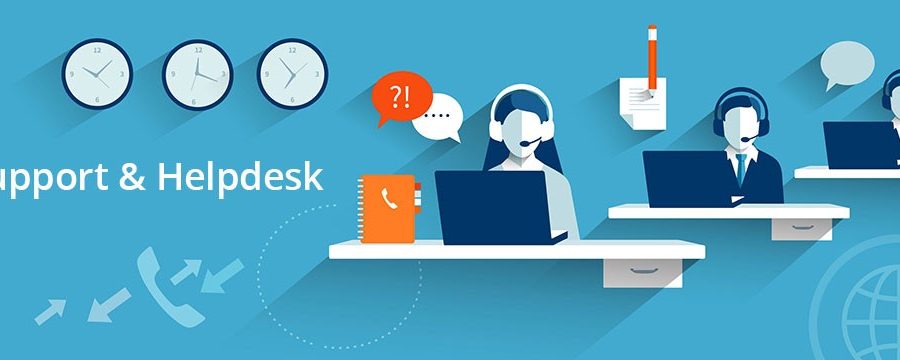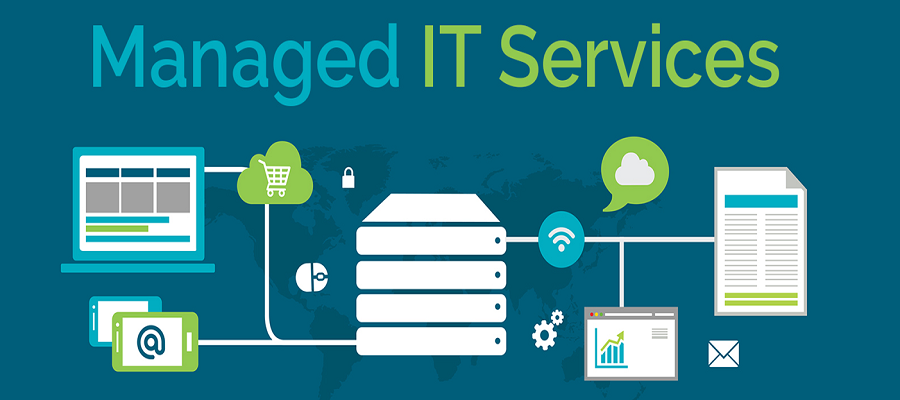Microsoft Rolls Out The Largest CVE Count In Recent History
The Impact of Organizational Structure on Cybersecurity Outcomes**
A recent study by Sophos analyzed the impact of different organizational structures on cybersecurity outcomes based on a survey of 3,000 IT and cybersecurity professionals across 14 countries. The study identified three models of organizational structure:
- Separate IT and cybersecurity teams.
- A dedicated cybersecurity team within the IT organization.
- The IT team managing cybersecurity without a dedicated cybersecurity team.
Key Findings:
- Organizations with a dedicated cybersecurity team within the IT department (Model 2) reported the best overall cybersecurity outcomes.
- Separate IT and cybersecurity teams (Model 1) experienced the poorest outcomes, with higher rates of ransomware attacks and higher ransom payments.
- Effective cybersecurity operations are closely linked to the integration of IT and cybersecurity functions, highlighting the importance of collaboration between these teams.
- Investment in cybersecurity skills and capacity is crucial, as organizations lacking essential skills struggle regardless of their structural model.
Cyber Insurance and Cyber Defenses
Sophos’ research on cyber insurance and defenses emphasizes the interconnected nature of cyber risk management. The survey of 5,000 IT leaders revealed that:
- Cyber insurance adoption is widespread, with 90% of mid-market organizations having some form of coverage.
- Investments in cyber defenses not only improve protection but also enhance the organization’s insurance position, leading to better coverage terms and lower premiums.
- Misalignment between business needs and policy coverage is a common issue, underscoring the importance of involving all stakeholders in the policy selection process.
- Insurers generally pay out on claims, but policies often do not cover the full cost of cyber incidents, primarily due to policy limits being exceeded.
The State of Cybersecurity 2023
Sophos’ 2023 report highlights the significant impact of cyber threats on businesses, based on a survey of 3,000 professionals. Key insights include:
- The frequency and types of cyberattacks have evolved, with ransomware and data theft being prominent threats.
- Advanced threats and alert fatigue are common challenges, requiring effective and proactive cybersecurity measures.
- The report provides recommendations for improving cybersecurity defenses and reducing the financial and operational impact of cyber incidents.
2024 Security Threat Report
The Sophos 2024 Threat Report focuses on the evolving threat landscape, particularly for small businesses. Key points include:
- A shift in malware focus towards data theft, with spyware and password stealers being prevalent.
- Increasing sophistication in social engineering tactics.
- The importance of understanding and mitigating vulnerabilities to combat the growing threats posed by cybercrime-as-a-service.
These insights collectively underscore the critical importance of strategic investments in cybersecurity defenses, the integration of IT and cybersecurity functions, and the necessity of aligning cyber insurance policies with organizational needs to enhance overall cybersecurity outcomes.
For more detailed insights, you can read the full reports on the [Sophos News and [Sophos] websites.
The detailed Sophos article can be found here: A tumultuous, titanic Patch Tuesday as Microsoft makes some changes







